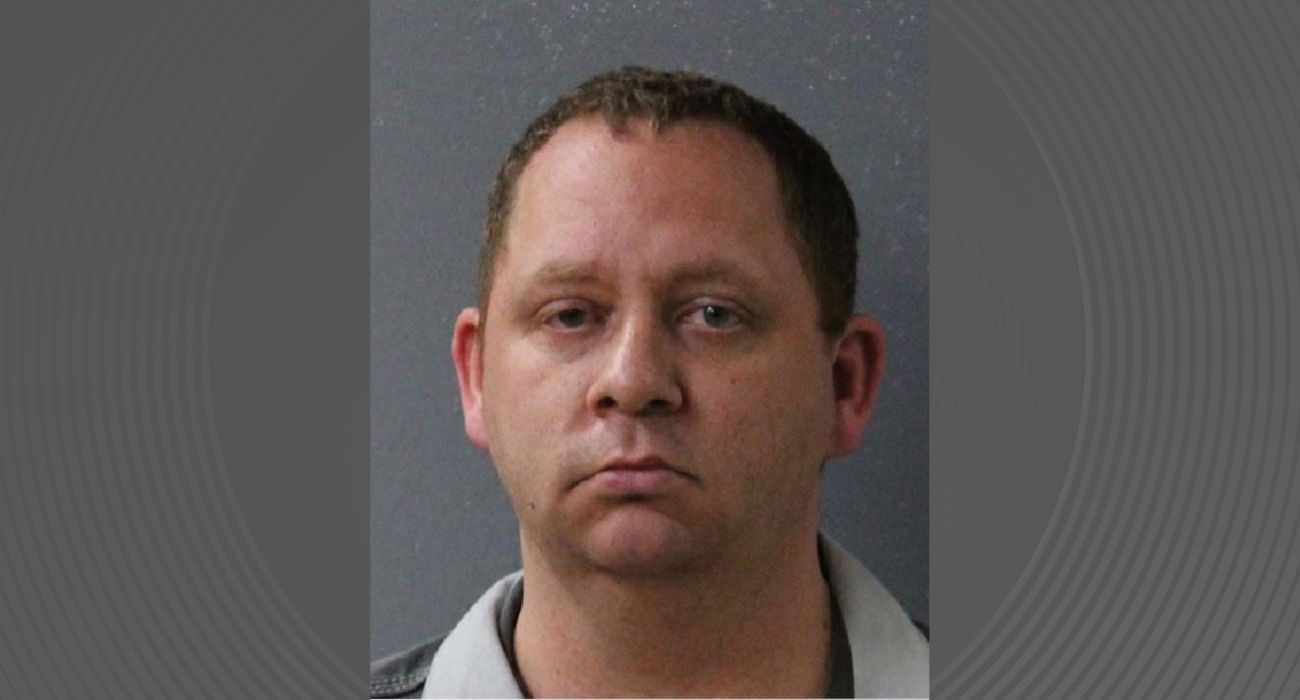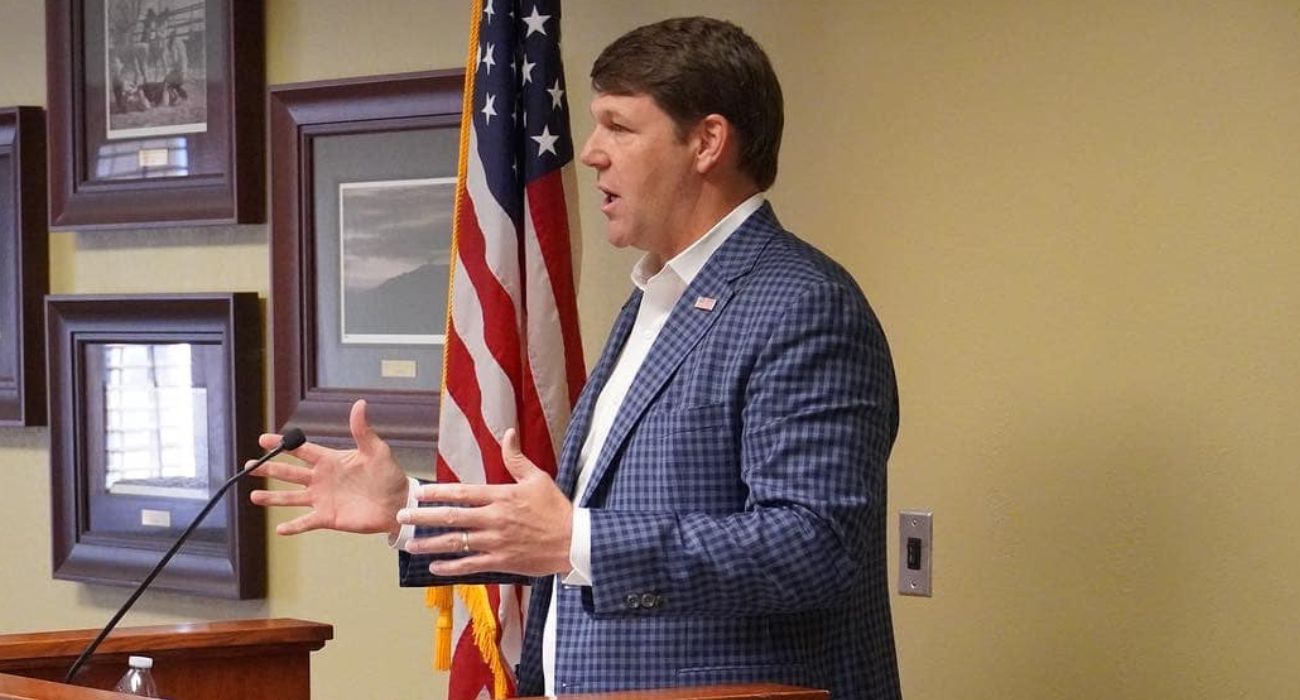The 10-year anniversary of the West Fertilizer Plant explosion approaches, leading many to remember those lost in the disaster and others to warn that another may be imminent.
The fire that broke out at the West Fertilizer Plant on April 17, 2013, triggered an explosion of 30 tons of fertilizer-grade ammonium nitrate, a report prepared by the U.S. Chemical Safety and Hazard Investigation Board (CSB) says.
The explosion happened shortly before 8 p.m., approximately 20 minutes after the fire was reported to the local authorities.
The Lake Whitney seismic station in Meridian recorded the explosion as an earthquake of magnitude 2.1 on the Richter scale, per the CSB report.
A brush truck, water tender, and fire engine from the WVFD were destroyed, along with a nearby 22-unit apartment building, a nursing home, an intermediate school, a high school, and 142 houses. Other buildings sustained reparable damage, including a middle school and hundreds of houses.
A dozen firefighters from the West Volunteer Fire Department (WVFD) and three members of the public were killed. Over 260 people sustained injuries, most of them requiring hospitalization.
The serious injuries reported included fractures, traumatic brain injuries, and skin burns, per the CSB. Ringing ears, hearing loss, and inhalation injuries were also logged.
The CSB’s investigation found that the WVFD firefighters who responded to the fire had not been sufficiently prepared or equipped for it. The state’s curriculum for HAZMAT certification failed to cover ammonium nitrate explosion hazards at all.
Ammonium nitrate is an oxygen-rich combustible compound that has the potential to explode if exposed to heat or fire, per the National Oceanic and Atmospheric Administration (NOAA).
Inhaling, ingesting, or touching the substance can cause irritation and burns. When ammonium nitrate catches fire, it may release life-threatening corrosive and toxic gases.
The water-diluted runoff resulting from efforts to put out a fire may also contaminate the local environment.
As a fertilizer storage and distribution facility, the West Fertilizer Plant contained an inventory of between 40 and 60 tons of ammonium nitrate at the time of the incident. An additional stockpile of about 100 tons had yet to be offloaded from a railcar.
Luck would have it that while the railcar fell over during the incident, it did not catch fire or explode.
On April 17, Michael Irving was the first law enforcement officer to arrive at the scene of the fire and witnessed the explosion. Like many other residents of the small town, he is still haunted by what happened.
“I will never be the same person again,” Irving told USA Today. “There are parts of me that are just gone.”
The aftermath of the incident caused officials to improve the lack of state and federal oversight that was implicated by the CSB as lying at the heart of the disaster.
Then-President Barack Obama filed an executive order for stricter regulations in handling ammonium nitrate and other chemical compounds at storage facilities.
The CSB report found “that the risk to the public from a catastrophic incident exists at least within the state of Texas, if not more broadly.”
The report cited examples of 19 storage facilities in Texas with stockpiles of more than 10,000 pounds of ammonium nitrate situated within half a mile of hospitals, schools, and nursing homes.
Jordan Barab, former OSHA deputy assistant secretary, told USA Today that millions of Americans currently live near ammonium nitrate storage silos.
The Environmental Protection Agency (EPA) has also yet to implement many of the suggestions made by the CSB, such as adding ammonium nitrate to a list of chemicals requiring stricter oversight.
Former EPA Administrator Scott Pruitt rolled back some of the amendments made in 2017 relating to safer technology and alternatives analyses, third-party audits, and incident investigations with the Proposed Risk Management Program Reconsideration Rule enacted in 2018.
“The rule proposes to reduce unnecessary regulatory burdens, address the concerns of stakeholders and emergency responders on the ground, and save Americans roughly $88 million a year,” Pruitt explained in the news release.
Pruitt further justified these changes by pointing to the results of the investigation into the West Fertilizer Plant incident led by the U.S. Bureau of Alcohol, Tobacco, Firearms, and Explosives.
It pointed to the cause of the fire as arson, per the Austin American-Statesman.
The West Fertilizer Plant explosion was not the first industrial disaster involving ammonium nitrate.
In 1947, a ship carrying the compound exploded in Galveston Bay, killing over 580 people, per USA Today.
The 1995 Oklahoma City bombing and the 2020 explosion in Beirut, Lebanon, also involved ammonium nitrate.






